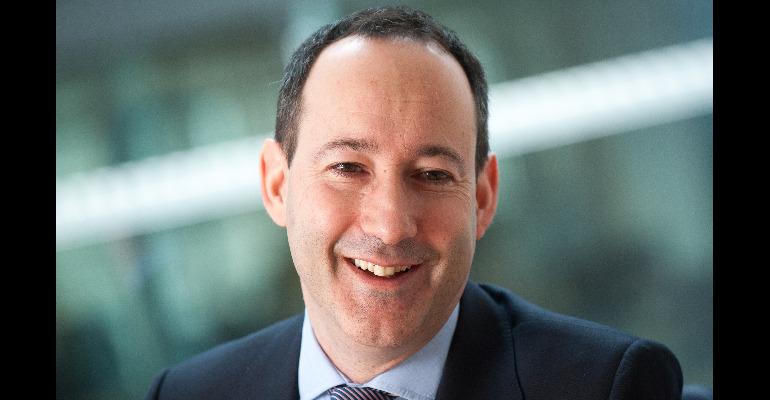So indicated Jonathan Moss, partner and head of marine and trade at legal services provider DWF, as he responded to yesterday’s call by the UK government for evidence on the use of shore power.
‘Whilst the call to arms is welcomed, there needs to be a focus on the precise means by which these aims will be realized,’ said Moss. 'If wind turbines and hydropower were used... the costs for providing this type of onshore power supply will be significant...'
He continued, 'There will be specific technical requirements for each ship that could be difficult to apply equally... Consideration of investment for power receiving points, power sockets and power management systems of older ships that were not built with these will need to be reviewed.’
Ports ‘dedicated’ to lowering emissions
Moss pointed out that the challenges associated with onshore power supply could be addressed by government policies and strategies, including funding and subsidising costs of electricity and electrical equipment for onshore power. ‘Most European ports have joined ESI programmes, with 4,000 vessels globally installing environmentally friendly technologies, including shore power,’ he said. ‘Prioritising port sustainability and social responsibility will be key to the future development of ports, which are dedicated to reducing toxic emissions.’
Standardisation and efficiency
Moss explained the need for standardisation if shore power is to be successfully and widely rolled out, noting, ‘No international standard is in place, so only few vessels have the required technology, and many differing in voltages, frequency and technical solutions. Many parts of the world use different electrical frequencies so not all ships would be able to connect to certain ports.’
He continued, ‘Evidence suggests standardisation would be applicable internationally for ship technology, increasing installation and equipment compatibility and lowering costs.’ The Port of Kiel uses a cloud-based power monitoring system which provides an easily accessible and transparent view of power consumption, which Moss suggested could be applied to most ports when looking at efficiency. ‘Also, if demands were to change concerning particular vessels,’ he added, ‘they would be able to easily move between ports with onshore supply systems.’
Research and development
While Moss acknowledged newer built vessels are likely to have systems in place which could reduce costs, he said there still ‘needs to be a clear desire from all shipowners’ to encourage investment, research and development. ‘So far the voices from the industry are somewhat muted in parts… The pace of technological advancement needs to quicken. The shipping, finance and technology sectors and governments must work together and commit both financial resources and skilled manpower for the projects.
The compliance and regulatory framework needs to encourage change and not stand in the way of companies reaching decarbonisation goals.’
Copyright © 2024. All rights reserved. Seatrade, a trading name of Informa Markets (UK) Limited.
Add Seatrade Cruise News to your Google News feed.  |

